“No European country has been more interested than France in the nature of memory and history, how it is understood, recorded, perceived, written and transmitted.” So writes Caroline Morehead in her new book, Village of Secrets: Defying the Nazis in Vichy France, and with some justice. In Village of Secrets, Moorehead wades into the complexities of the history and memory of the Second World War in France as illustrated by a small corner of the southeast that gave succor to Jews fleeing Nazi persecution even in the darkest days of 1941 and 1942, when almost all other doors were closed to them.
All nation-states are concerned to one degree or another with memory, and especially with their role in coalescing opinion into narratives legitimating the current order. But the French have a special fascination with memory, memory of the Revolution (in its various phases), of 1848, of 1871, of 1914, and especially of the years between the collapse of June 1940 and liberation some four years later.
The creation of the memory of Vichy got started early, with trials and executions in the immediate aftermath. In the decades that followed, the period was reconfigured, first through a sort of prophylaxis in the 1950s (it was just a few bad eggs), then more traumatically in the political disputes of 1968, the release of Marcel Ophüls’ La Chagrin et la Pitié in 1971, and with the translation of Robert Paxton’s Vichy France: Old Guard and New Order in 1973. To the humiliation of defeat and subjugation was added the ignominy that the collaborationism of the Vichy regime had not been a matter of trying to shield France, but of cooperation freely given and, in many cases, of positive action rather than mere compliance.
Another fertile area of conflict in the realms of history and memory was that of resistance. In the wake of the war, it seemed as if everyone had been involved, but as years passed (and scholarship expanded) it became increasingly clear that the number of people who claimed to have been involved didn’t jibe with facts of record. “Where were the resistors of the first hour?” asked Paxton pointedly in 1972.
Heroism there had certainly been, yet removed from the immediate danger of the moment it was never quite clear who had done what, and disputes seemed to arise whenever the stories emerged. Thus is was with the story of the denizens of the village of Le Chambon sur Lignon and the surrounding towns on the Vivarais-Lignon plateau, where more than a thousand Jews (many of them children) were sheltered from the Nazis. The story had not been much discussed after the war, not least due to the culture of uncommunicativeness that had so greatly facilitated the project in the first place. But in 1989, it was made the subject of a documentary (Weapons of the Spirit) by the French-American filmmaker Pierre Sauvage. Meant as an homage to the courage of those who protected Jews in their hour of need, the effect of the film was to tear the scab of what, it turned out, were some long-simmering resentments among the surviving participants.
The story told by Moorehead in her attempt to parse the contestations of Sauvage’s history illustrates a number of important facts about the history of the Holocaust. The varying fortunes of populations caught up in and subjected to the Nazi project of racial health through mass killing are often described in the scholarly literature with the term diverse enactments. Each nation occupied by the Nazis was, like Tolstoy’s unhappy families, unhappy in its own way. Yet the consequences could differ quite dramatically in terms of lethality, depending on a number of factors. Two among these, geography and administrative involvement, outstrip all the others in terms of their important, and both played crucial roles in the fate of the Jews and their protectors on the Vivarais plateau.

Geography could facilitate the capture of Jews and other targets of Nazi violence, or provide avenues for escape. For instance, Jewish populations in southern Greece and the Aegean islands fared relatively well, hiding in a convoluted landscape with relatively easy access to Turkish and Italian-run areas. In Salonika, landlocked and under direct control by the German occupiers, a Jewish population numbering 40,000 was almost completely wiped out. At the same time, the question of whether a particular area was being run directly by the Germans or was under the control of their proxies also played a decisive role. In spatially confined, German-dominated Holland, more than 75% of the Jewish population was murdered. In Denmark, where the national government retained control and confounded the Germans by threatening to resign en masse when the latter tried to compel Danish Jews to wear the Star of David, more than 95% of the (admittedly much smaller) Jewish population survived.
The Vivarais plateau was an example of the ways that geographic remoteness and a lack of German local administration could create conditions very favorable to Jewish survival. Far removed from urban centers of the departments of Ardèche and Haute Loire, reachable only via narrow roads, and cut off by deep snows for much of the winter. Moreover, with the German military establishment focused on the larger population centers such as Puy and St. Etienne, direct administrative contact with the region of the plateau was generally very limited. With the exception of a convalescent facility for soldiers in the town of Le Chambon, Germans were seldom seen. Even the French administration was thin on the ground, primarily due to the sparse and scattered nature of the population of the area. And thus it was that an area known to both German and French authorities as “a nest of Jews and Gaullists” was mostly left to its own devices.

Along with the overarching facts of geography and administration, the culture of the region also played an important role. Protestants, for so long an oppressed minority in heavily Catholic France, made up a rather higher proportion of the local population (around 10%) than in other areas. Among these, there was a strong leaven of radical dissenters, Ravenists and Darbyists, whose ethos of silence, inwardness, and individualism provided a fertile ground for suggestions that the policies being undertaken against the Jews violated God’s law and should be opposed by practicing believers. This suggestion was provided by several local pastors, most prominently André Trocmé in the town of Le Chambon-sur-Lignon, but also others in the surrounding towns who took it upon themselves to argue that the teachings of Jesus Christ should trump the state’s laws, especially when they called for the turning over of children to Nazi murderers.
Working with a number of outside organizations, the denizens (mostly Protestant but some Catholics as well) harbored hundreds of Jewish children in schools, pensions, and in isolated farmsteads across the plateau. Much of the controversy surrounding Sauvage’s film was the degree to which Trocmé and his pacifist convictions were elevated to the central and decisive role in the drama. In fact the story is one of cooperation among leaders (Trocmé but also other pastors such as Trocmé’s assistant Edouard Theis, Daniel Curtet in the village of Fay-sur-Lignon, and Marcel Jeannet in the village of Mazet), outside organizations such as the Ouvre des secours aux Enfants (OSE) and the Cimade, as well as hundreds of local people willing to risk torture and death in order to save innocents threatened with extermination.
Moorehead’s narrative is compelling. The story that she has to tell illustrates the heroism of those involved without descending to the level of hagiography. These were people, courageous certainly, but frail and sometimes petty as well. As in her earlier book, A Train in Winter, Moorehead shows the ways that people in dark times are sometimes able to find their better selves and to discover sources of self-sacrifice and heroism that can transcend (at least for the most part) their human frailties. It is important to remember that the farmers who played such a prominent, if mostly silent, role in this story had a tightly knit local community and culture they could relie on. With such a background, they were able to find the courage to resist, even if they sometimes did so for diverse motives and with various demeanors.
Village of Secrets is thoroughly researched and well-written. By and large it accomplishes what it sets out to do: present the story in a way that gives credit where credit is due. It is clear that Moorehead is bending over backwards to be generous, which does lead to some rather odd elements. Not the least of these is that there are numerous occasions where she indicates that there is controversy about some aspect of the narrative, but does not specify who among the players makes which claim. This is not universally the case, but it happens often enough to give the impression that the author is working hard to avoid inciting further conflict. In addition, the story of the conflict that arose over the original events is only very briefly alluded to in the introductory portions of the book, with the full flowering of the controversy only becoming clear in the final chapter. Perhaps a more extensive framing (and a greater willingness to name the parties in controversial points) would have lent this book rather greater gravity. Still, judged by the standards to which Moorehead clearly aspires, the narrative succeeds.
The story of the Jews of France, as of those in many other parts of Europe in the era of National Socialism, was one of horrific tragedy. With the connivance of the Vichy government, the Nazis were able to deport some 75,000 Jews to the killing centers of Poland. Less than 3,000 returned. The efforts of the pastors, café owners, and farmers of the Vivarais-Lignon plateau may seem insignificant in the face of such numbers, but the story provides and important lesson. Who is it who will stand up against the forces of the state acting under color of legitimate authority? In this case, it was those disposed by culture and history to dissent and to distrust of the institutions of the nation-state. In putting their lives on the line to defend the innocent, they won a small battle in the struggle to preserve what is right in human beings, and that is something worthy of remembrance.
Photographs courtesy of Stephane Bouley.
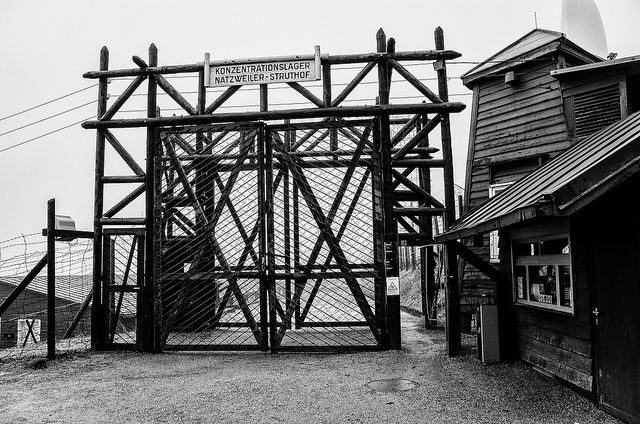

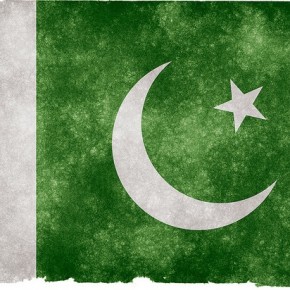
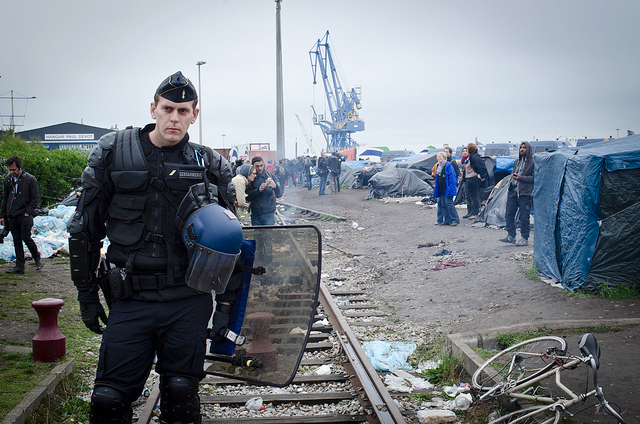
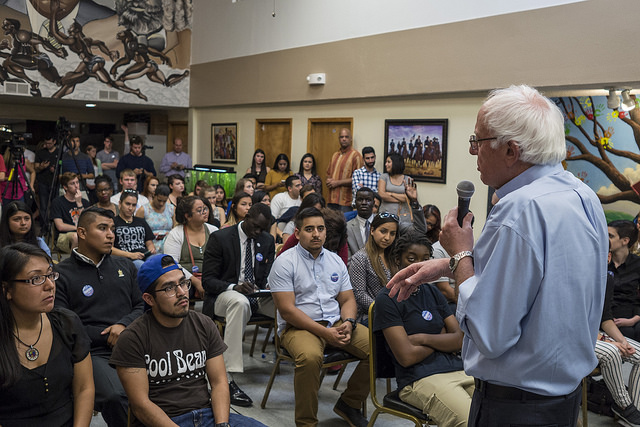
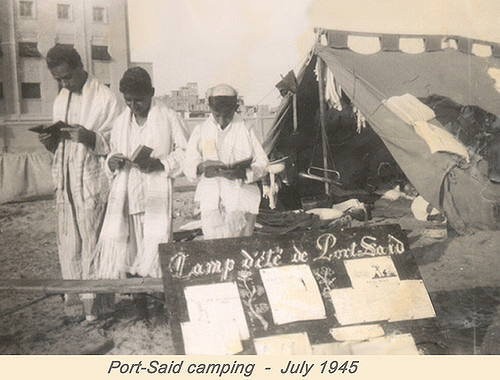
1 comment